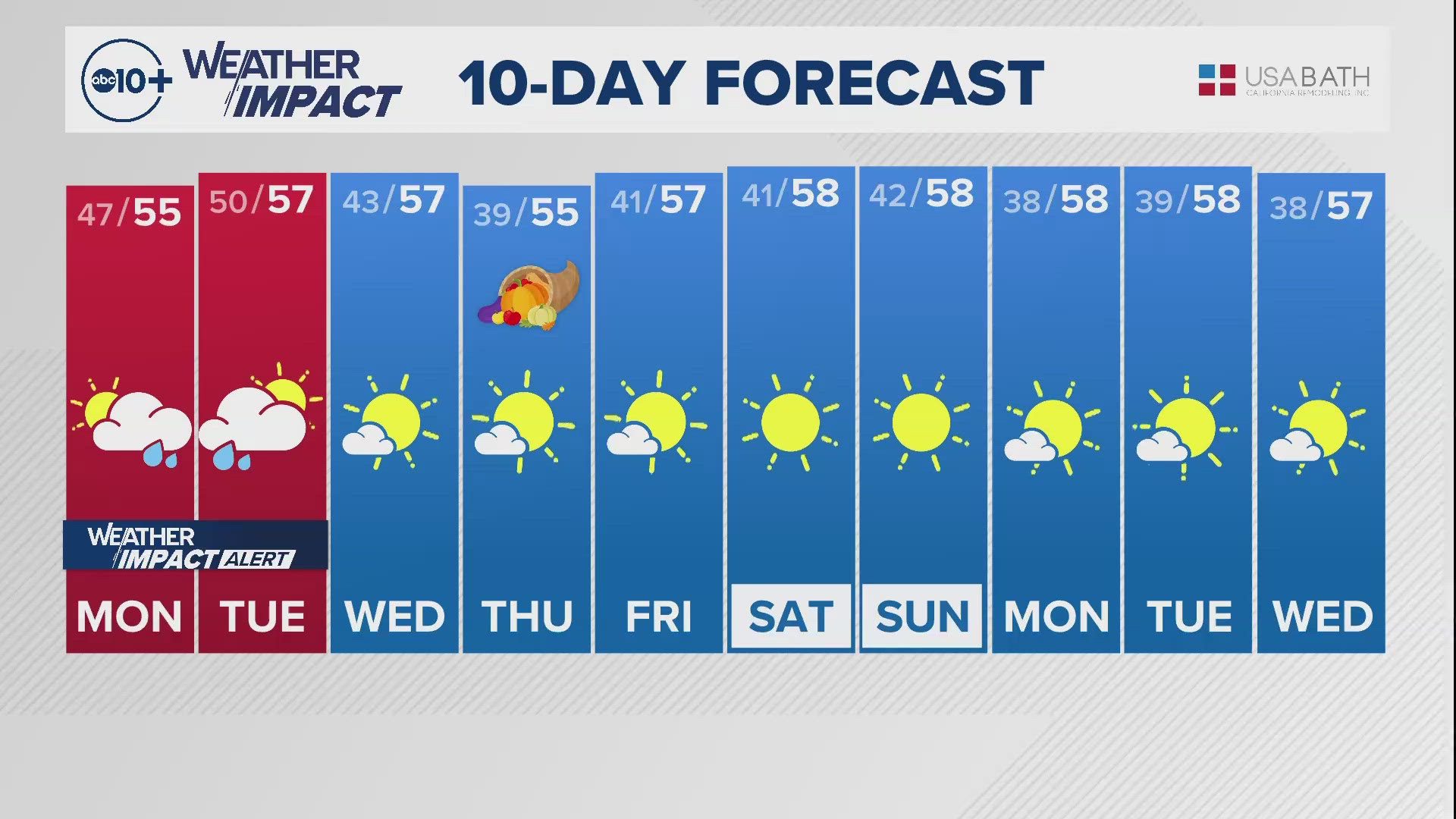SACRAMENTO - As you walk across a landscape of sand and rock at Folsom Lake, it's hard to fathom that the earth below and even your head would likely be under water in a normal year with expected rain and snow fall.
But 2013, and the first month-plus of 2014, has been anything but normal at the lake. Just ask San Juan Water District Manager Shauna Lorance.
As she looked over her district's shrinking water supply, Lorance said, "It's unbelievable; this situation. It's scary. I'm worried. What are we going to do?"
The water district serves 265,000 customers in Granite Bay, Citrus Heights, Fair Oaks, Orangevale and parts of Folsom.
The U.S. Bureau of Reclamation manages the water, and this past July, the water district sent the bureau a letter. It stated, among other things, that the Bureau of Reclamation, " … gambled with our water supply."
"We were very strongly, at that time, encouraging them to pay attention to what's happening with Folsom, that this year might not be wet, and we were concerned that what's happened this year was going to happen," Lorance said, summing up her reasoning for the letter.
As far as that letter goes, Bureau spokesperson Louie Moore only said, "Reclamation operates as a water manager for numerous contractors."
Moore said the agency recognized a drought was possible, but he said managers had no idea a high pressure system would hang over the region for 13 months and create one of the worst droughts ever recorded.
As Moore said, the agency has a lot of users downstream, and so it continued to release large volumes of water to serve the needs of farmers, fisheries and freshwater users.
Between July 12, 2013, and August 24, 2013, the bureau allowed the storage at Folsom Lake to drop more than 165,000 acre feet.
That decrease in storage is equal to the amount of water that is in the entire lake right now, and it was gone in that month and a half.
In light of the July letter, News10's investigative team looked at water storage and releases at the lake from October 1, 2013 through December 2013.
They compared that data to average storage and flows from same three-month period over the previous five years.
The five-year average storage in the lake, over that span, was more than 447,000 acre feet of water. That's about 46 percent of capacity.
During the same three months in 2013, the average water storage was drastically lower. It was 266,000 acre feet, just 27 percent of the lake's capacity.
Flows in to the lake, from the upper American River, averaged less than 500 cubic feet per second. The bureau sent almost three times that amount of water downstream.
Not helping: the Sierra snow pack on which Northern California downstream reservoirs rely on is less than 10 inches deep - just one-fifth of what it normally averages.
The Bureau of Reclamation admits there will be no easy fixes if there are not some major snowstorms through the rest of the winter. Moore said, "There is a lot of effort being put into - you know - how do we get through this period."
The bureau's main concern is making sure there is enough water for the 300,000 people who depend on the lake's water storage. But Moore said many times the agency cannot avoid releasing large amounts of water. It sends surges of water down the river to hold back saltwater during large storms in the ocean. And, Moore said, it is also called on to make significant releases to create hydro-power at Folsom Dam when the demand for electricity spikes during the summer and winter.
Meanwhile, San Juan Water District wants the bureau to change the way the lake is managed during forecast drought years, and retain more water in the lake during wetter years to prepare for those drier stretches.
Lorance and Moore said the Bureau of Reclamation, the water district and other water users are currently working together to come up with a long-term management plan at Folsom Lake.


